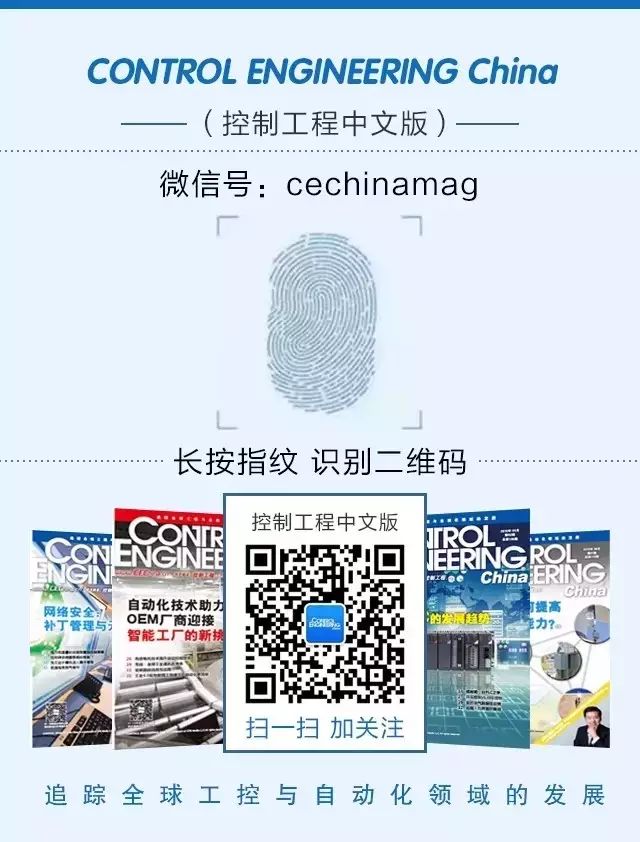As the application of the Industrial Internet of Things (IIoT) increases, the potential risks of cyber attacks are also on the rise. To prevent these risks from becoming a reality, manufacturing companies need to put in more effort and collaboration in cybersecurity than ever before. Any form of unexpected downtime, whether accidental or intentional, can cause significant losses to businesses. Depending on the size of the company, losses can reach thousands or even millions of dollars per hour.
This requires us to keep pace with security professionals and related supporting facilities. This is also why enhancing network monitoring capabilities has become the latest trend in the automation sector of manufacturing. Increasing visibility into existing industrial networks means bringing in more and broader data and connections through additional sensors.

For IIoT applications, in addition to considering network visibility, the choice of monitoring tools and intelligent traffic routing is also crucial. Once you have thousands or tens of thousands of sensors in an industrial control environment, you will face a massive amount of data. This is not the same as network retrieval and communication between large machines; it means that sensors are sending you data 24/7 and trying to determine if someone is addressing issues promptly when communication fails. In other words, if one of these sensors has become a controlled attack target, what will you do? The amount of information you need to filter may vastly exceed what security instruments can process and analyze.
The application of IIoT can help companies improve production efficiency and reduce operational costs. By utilizing new technologies and connectivity, IIoT can also assist companies in integrating legacy systems into more modern systems. However, the negative impact that comes with it is that IIoT may also bring more cybersecurity risks to manufacturing companies. If companies do not understand or sufficiently address the challenges they face, it could lead to larger problems. A nuclear power plant in Germany conducted an experiment in April this year, where the system had not been connected to external networks before. They found that merely connecting the system to the outside world for a short time allowed malware to infiltrate the control system.
Many users lack monitoring of facilities connected to the network. They may not even know the operational status of devices in their network systems, nor do they have real-time information about these devices’ operations. Having access to this real-time information not only helps users effectively prevent cyber attacks but also aids in analyzing how to better apply new technologies in industrial environments.
More and more companies are recognizing the role of cybersecurity in driving new business models and implementing new technologies in industrial environments, rather than viewing it as a threat to production capacity. To ensure cybersecurity for manufacturing companies in an IIoT environment, IT departments need to collaborate with OT departments. We are witnessing a trend of IT and OT convergence, beginning to seek tools that can be applied in both environments, using unified standards and similar platforms to integrate cybersecurity into existing process control systems.
 If the opinions of the IT and OT departments are not aligned, it may lead to difficulties in the implementation of cybersecurity systems. To successfully advance cybersecurity initiatives, it is recommended to integrate expert opinions from different perspectives of IT and OT departments. OT experts can provide insights on process control and automation in industrial operating environments, while IT experts can share their experiences in cybersecurity, infrastructure, and network architecture.
If the opinions of the IT and OT departments are not aligned, it may lead to difficulties in the implementation of cybersecurity systems. To successfully advance cybersecurity initiatives, it is recommended to integrate expert opinions from different perspectives of IT and OT departments. OT experts can provide insights on process control and automation in industrial operating environments, while IT experts can share their experiences in cybersecurity, infrastructure, and network architecture.
Many uncertainties make the occurrence of cyber attacks seem unavoidable, so we need to understand the mechanisms of attacks to prevent them from harming normal production and critical assets of the enterprise. Utilizing advanced network monitoring tools can analyze traffic on both IT and OT sides, ensuring operators know what is normal and what situations should raise concern.
There is no single product, technology, or solution that can comprehensively protect the security of control system networks. It requires the integration of partners and solutions, far beyond just products and technologies. A good cybersecurity solution needs to consider the entire company’s security system and best practice designs, as well as the unique needs of each client and industry.
Author: Jin Lei
